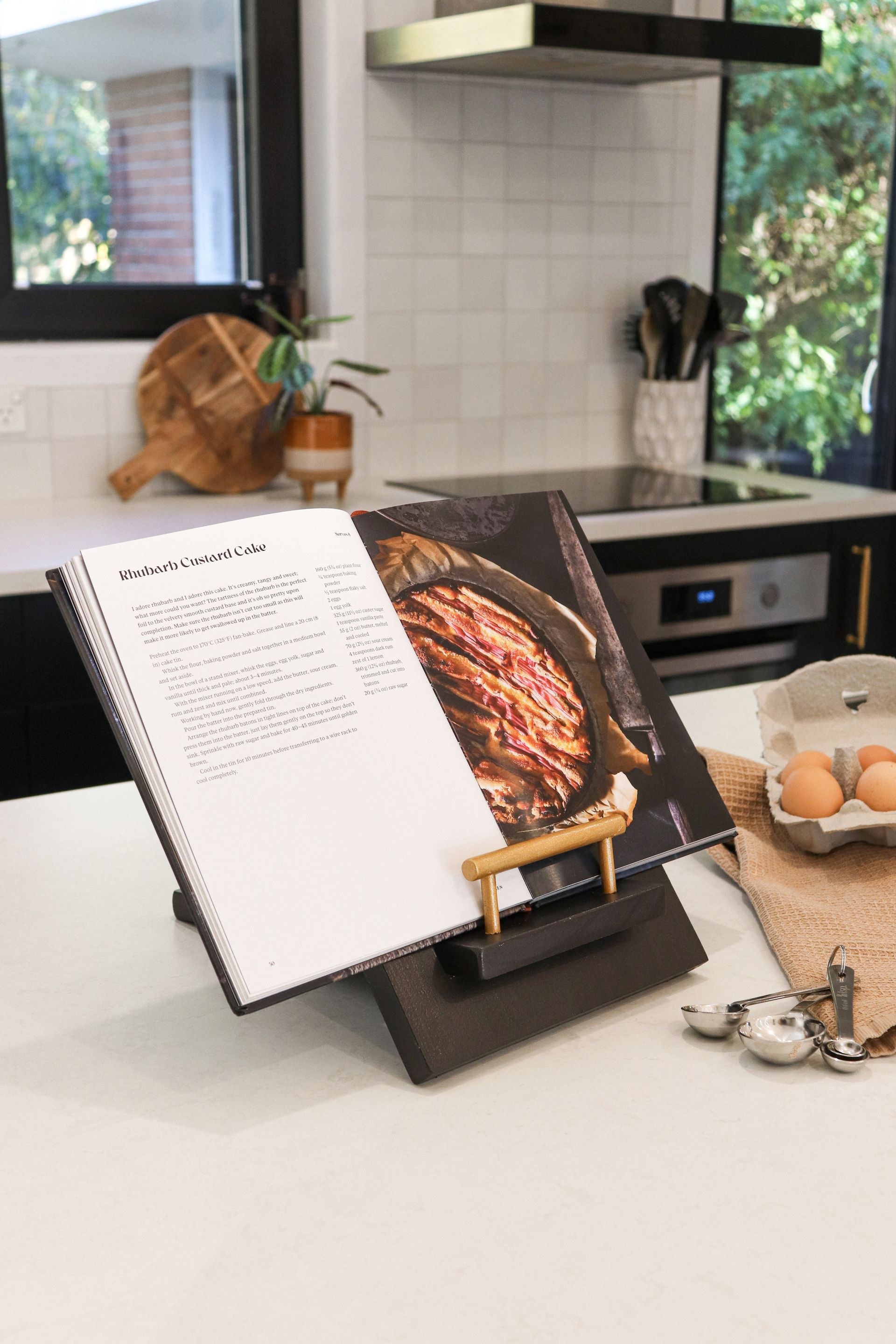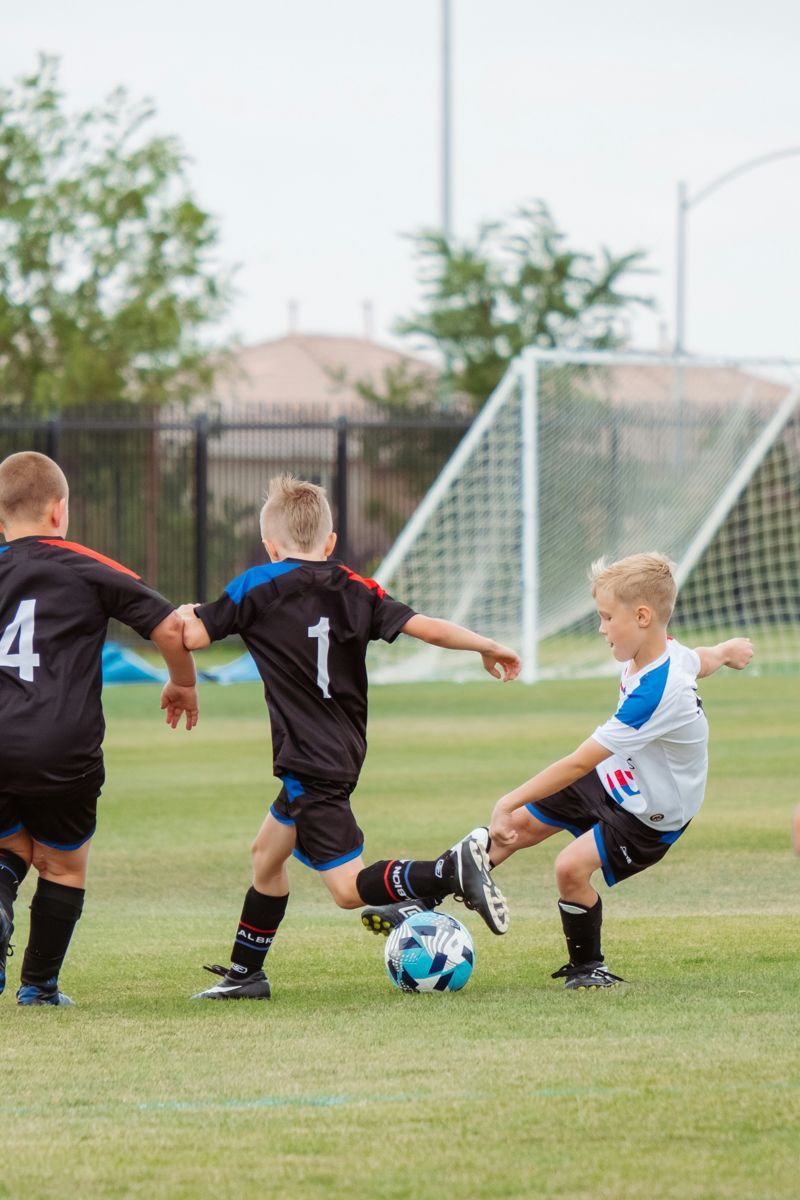Māori language advocates and writers Hana O’Regan and Charisma Rangipunga are joining forces with two prolific Irish-language writers at the upcoming WORD Christchurch Festival for an event that is not to be missed.
Hana O’Regan and Charisma Rangipunga are two exceptional Christchurch women at the forefront of the nationwide revitalisation of the Māori language. At this year’s WORD Christchurch Festival the dynamic duo are teaming up with two prolific Irish-language writers to deliver a powerful lament to past and future generations.
Their upcoming event, Tautitotito Whenua: Reciprocal Songs of the Land, will focus on and explore the themes of language, land and identity, how these themes intersect with one another and the similarities it shares with other minority languages. Throughout the process of finalising what they wanted to discuss, Hana notes, ‘We were all given the freedom to pretty much explore within the theme of land, language and identity, but do it in our native language.’ The four then undertook a process of discussion and delved deeper into what the synergies between the two differing languages (Māori and Gaelic) were and the tools in which they were using to tell their stories.
Having previously worked alongside their Irish colleagues in other events such as an online Irish creative writing festival where Hana and Charisma delivered their presentation in Māori, and in turn their Irish counterparts delivered their presentation in Gaelic, Hana views their event at WORD as more than a singular event and rather a culmination of previous events. ‘It’s been a series of connections and a series of collective compositions but in a unique way. All four of us are passionate about language revitalisation, and creative expression of language is an important part of that,’ Hana says. That passion has been the driving force for Hana and Charisma’s career, and they have been dedicated to advocating and educating people on the importance of revitalising language, particularly Māori language, in New Zealand.
Initially setting out to present their work in the form of a joint composition, Hana notes, ‘It was a challenge in itself, but it was great to be doing. We were playing around with a traditional form of storytelling in Māori.’ However, the pair found themselves exploring other options and the further they embarked on their journey, their original idea of a composition ended up moving towards a different genre of storytelling which would see them settling on delivering their work as a lament.
Traditionally speaking, a lament is an expression of grief that is often done at someone’s passing, a personal and wholly unique form of expressing one’s sorrow for someone or something. When asked why they chose to use this method in which they would present their work, Hana explains, ‘We ended up on that because we were exploring this connection of language and identity and talking about some of the challenges now and the places that are incredibly special to us. But the fact that they seem voiceless with the absence of language means we haven’t been able to tell the story.’ From there stemmed the idea to not only write a lament to their ancestors, but also to a future time. ‘We wanted to celebrate that tradition and take that into a future space and time, because that is a symbol of language survival, it’s a symbol of language resilience and the tenacity of individuals. We thought, right, let’s go 50 years into the future and [discuss]what we know about some of the changes that are happening because of climate change, because of environmental degradation. If we took ourselves 50 years into the future, what would our lament to those places be? And so we also decided to give a voice to those things.’
When asked what they hope to achieve from their event, Hana says, ‘We hope to give a voice to these places and the topics that we are discussing and that’s hopefully what we’ve done within our presentation.’
For more information about this event, Tautitotito Whenua: Reciprocal Songs of the Land, and WORD, visit wordchristchurch.co.nz
Regenerative farming continued as a theme across the two days with presentations from Integrity Soils Consultant and Author Nicole Masters, CEO Calm the Farm Mike Taitoko, and Quorum Sense Co-Founder Jono Frew.
‘What if New Zealand was the world’s first carbon-positive farm? What if instead of defending the problem we attack the opportunity?’ challenged 42BELOW Vodka Founder, now owner of Lake Hawea Station, Geoff Ross.
The environmental challenges of farming and using biotechnology and ag-tech solutions to overcome them were a main thread for speakers from BioLumic, John Deere, AgFunder and CH4 Global.
Knocking the ball right out of the park was Paul Polman, IMAGINE Co-Founder and Chair and former CEO of Unilever, who shared his views on the true dilemma affecting society’s ability to move forward sustainably. ‘Five million children die every year of infectious diseases like pneumonia or diarrhoea that could be prevented with a bar of soap. We are in a moral dilemma, much more than an innovation dilemma. You have to simply ask yourself the question, do we care?’
Well you can certainly say ChristchurchNZ cares as Host City Partner of E Tipu with this truly global event seeing thousands tuning in from across the globe, marking us on the map for supporting intelligent and intentional action today for a better world tomorrow.
Recent stories



All Rights Reserved | CountryWide Media





